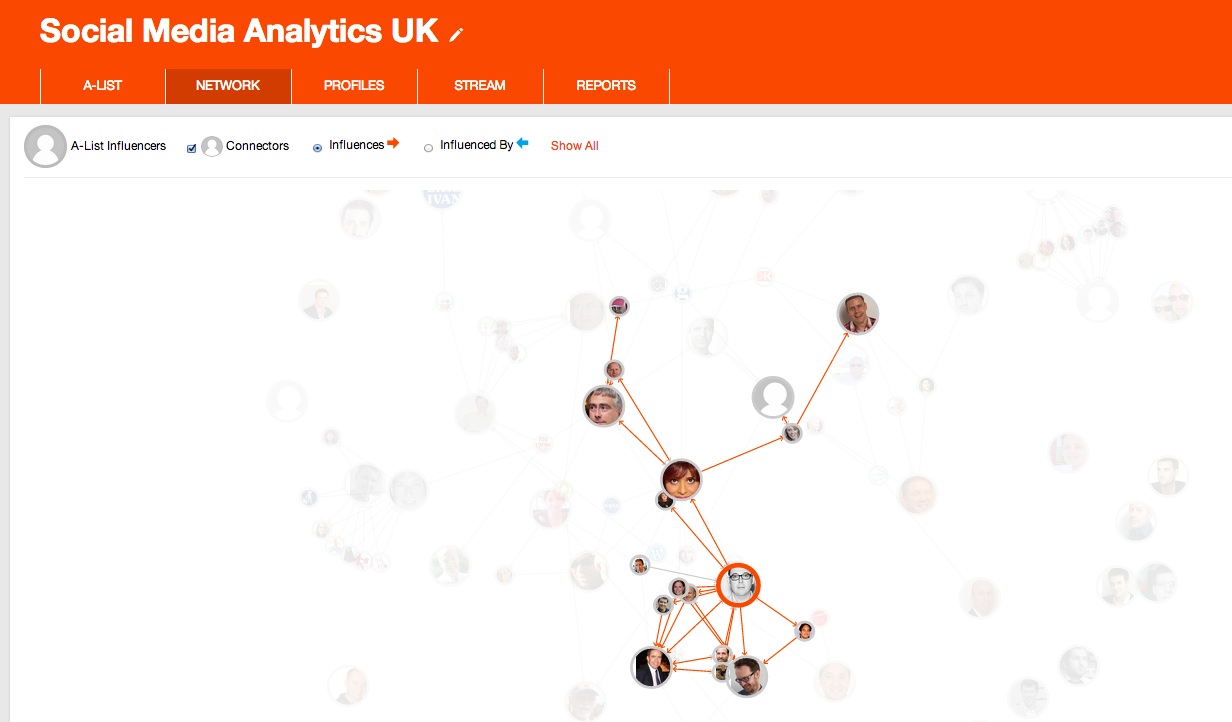AI-driven and actionable insights to power superior marketing and business performance
LONDON and ATHENS – April 10th, 2024 UK-based AI communications consultancy Escherman and Athens-based Spin Communications have announced a partnership to deliver unique AI-driven tools and services to corporate marketing and communications teams across Europe.
Escherman is a communications consultancy focussed on developing AI-based applications and services as well as providing AI communications training to corporate businesses. It will provide the AI knowledge and R&D resources to combine with the strategic communication expertise and experience of Spin Communications to help corporate organisations to gain maximum value from AI.
The new partnership will be officially launched in Athens on May 13th, 2024. Full details of the launch event and location will be released shortly.
According to Escherman founder Andrew Bruce Smith: “It’s clear from the huge demand for AI communications training that there is a huge amount of education required to help corporate communications and marketing teams properly understand exactly how and where AI can be applied to their work. It also means that very different kinds of tools and services need to be developed to support AI driven corporate communication efforts. The partnership between Spin and Escherman is designed to provide a unique combination of strategic corporate communications expertise with real world understanding of how AI can be practically applied to provide real world value to corporate marketing efforts.”
Commenting on the announcement, Spiros Rizopoulos, CEO Spin Communications, said: “We first began talking with Escherman in 2023 and quickly established we shared similar views as to how AI might best support the needs of corporate communicators in an AI-driven world. Namely, AI needs to be combined with human expertise. In fact, expertise matters more than ever. By combining human expertise and experience with applied and informed application of AI is where the opportunity lies”. We are now ready to make available our initial offerings. Over time, we intend to expand the range of tools and services on offer to make sure we are adapting to the highly dynamic nature of AI technology to best support the ever-changing requirements of corporate communication and marketing departments.”
About Spin Communications
Since 2003, Spin Communications has a proven track record as one of the most dynamic and innovative players in the competitive communications and public relations space. With an ongoing commitment to quality, innovation, and effectiveness, for more than 20 years, the company has been providing integrated communication services to individuals and organisations that seeking to shape positive and targeted communications strategies with their audiences. Through specialised political and corporate communications departments, Spin Communications achieves building lasting relationships, based on long-term trust and the effectiveness of communications initiatives.
About Escherman
Founded in 2008, London-based Escherman specialises in delivering world-class AI communications training and developing AI-based communications tools and services. Since January 2023, Escherman has delivered AI communications training to hundreds of employees from nearly 150 organisations, including many large multi-national brands.
Managing Director Andrew Bruce Smith has over 40 years of combined communications and AI expertise and is a well-known expert in artificial intelligence and its applications in corporate communications and marketing. With a foundational education in Philosophy and Mathematical Logic from the University of Edinburgh (1981-1985), he developed a keen interest in AI early in his career. Andrew further honed his skills in AI programming languages in the late 1980s, a time when AI was still nascent. Pioneering the adoption of AI content tools such as Wordsmith in the early 2010s, Andrew has consistently stayed at the forefront of technological innovation. This, coupled with his leadership as the Chair of the UK CIPR’s AI in PR panel, continues to influence the industry with his insights on the confluence of PR, social media, search optimisation, and AI. His commitment to digital innovation is clear in his early adoption of communication technologies such as e-mail (1990), the World Wide Web (1994), and Twitter (2007).
For further information
Contacts
Vaggelis Thanos
Spin Communications
v.thanos@spin-communications.com
Tel: +30 210 7702900
Andrew Bruce Smith
Escherman
andrew@escherman.com















